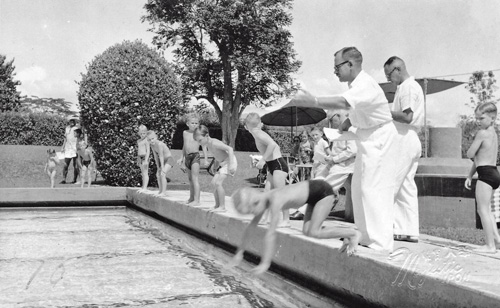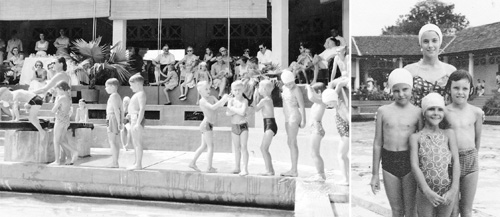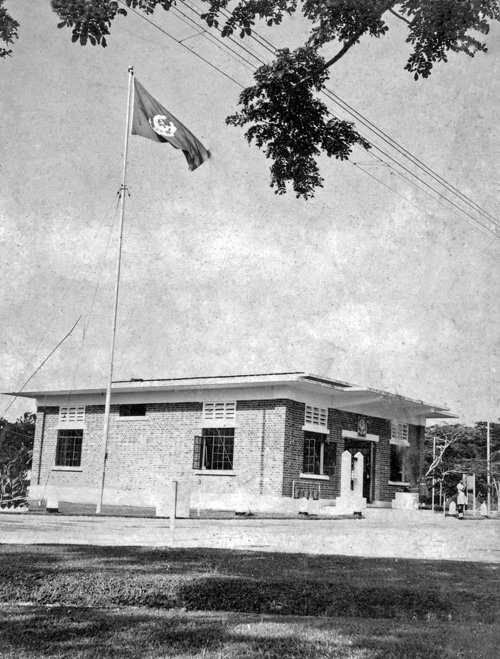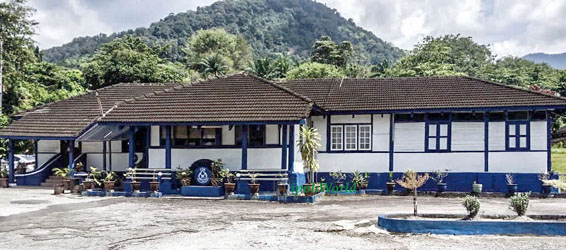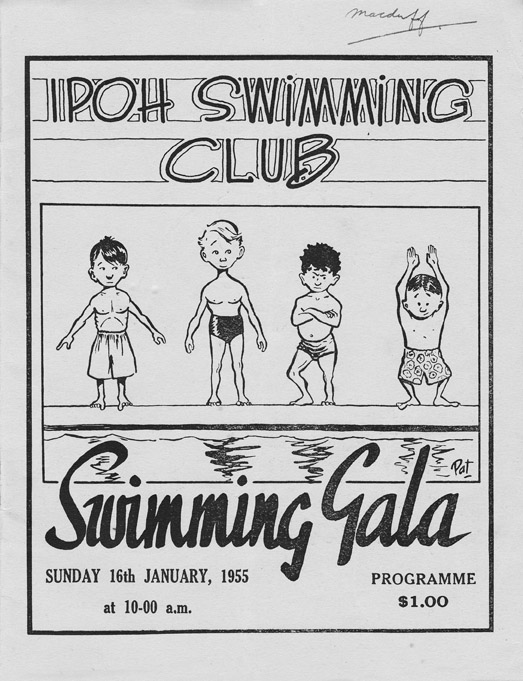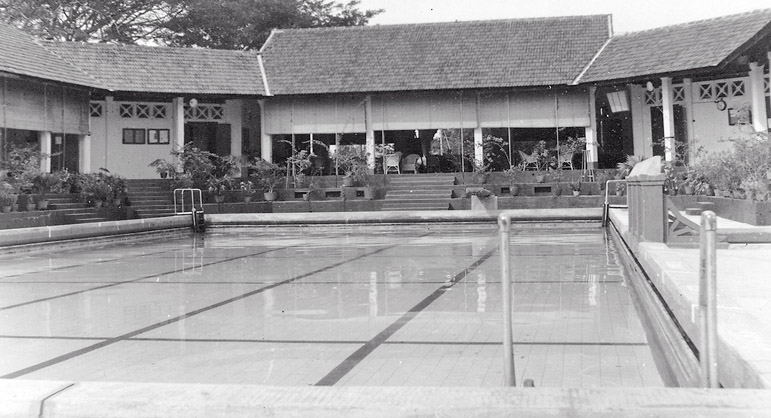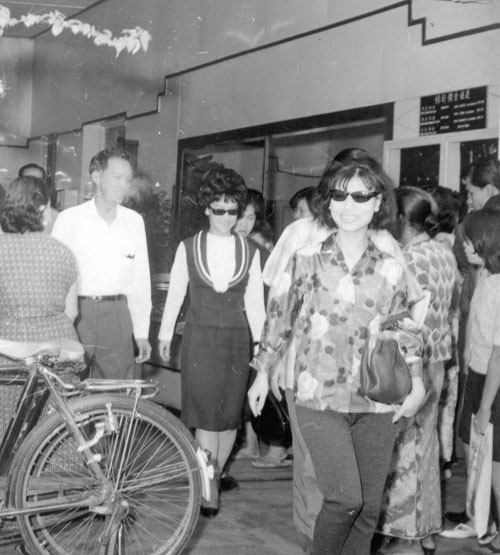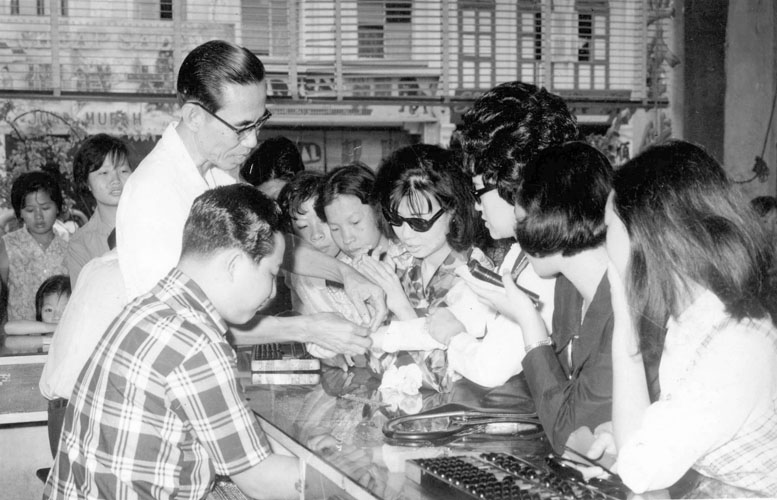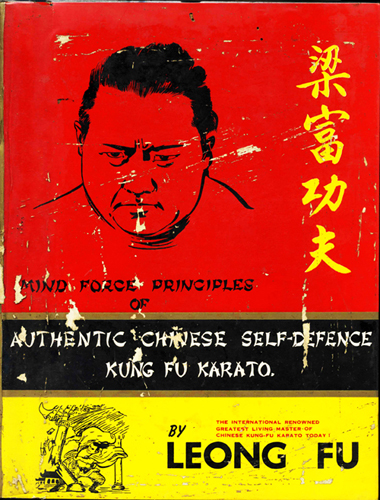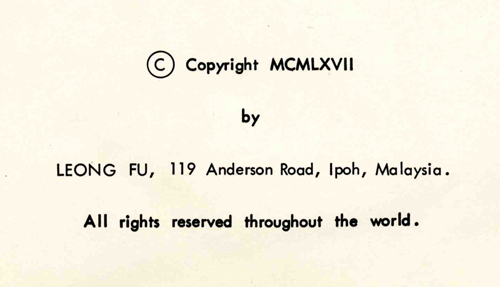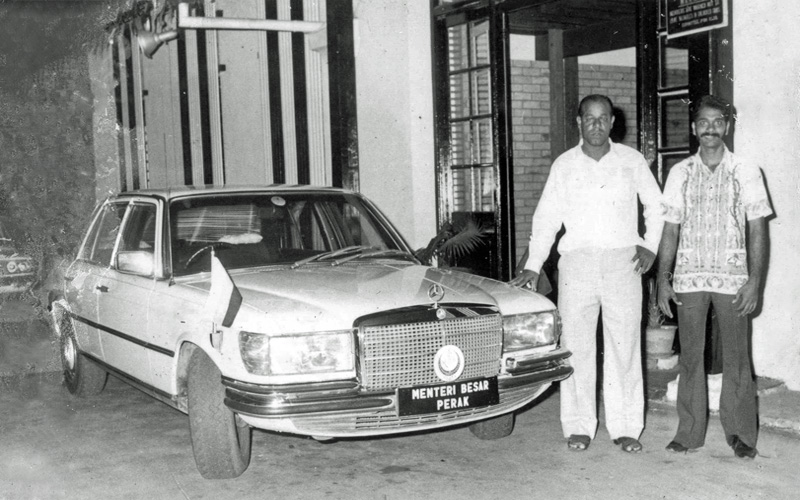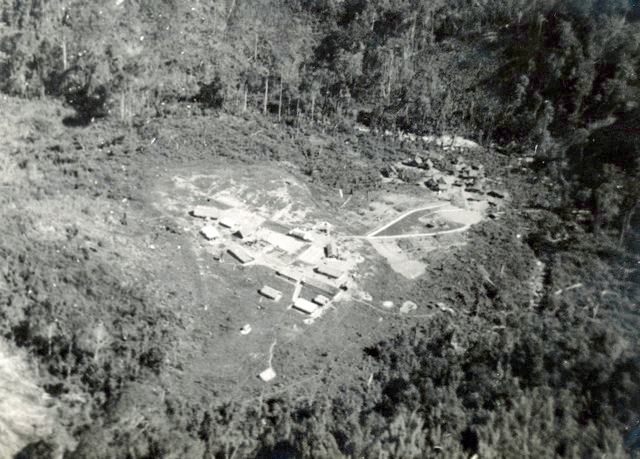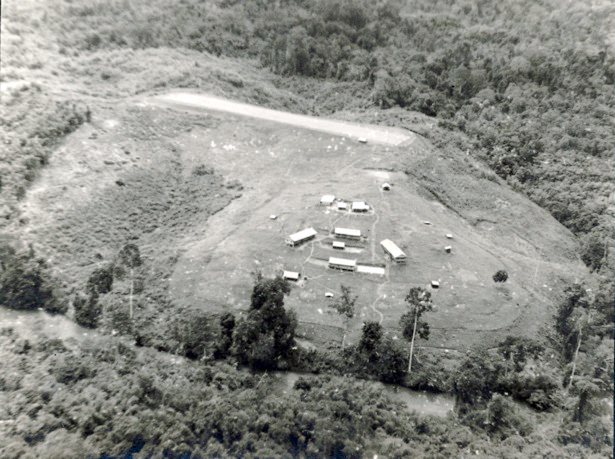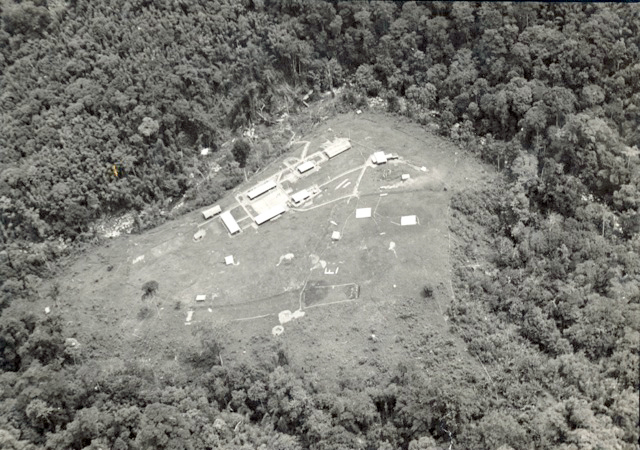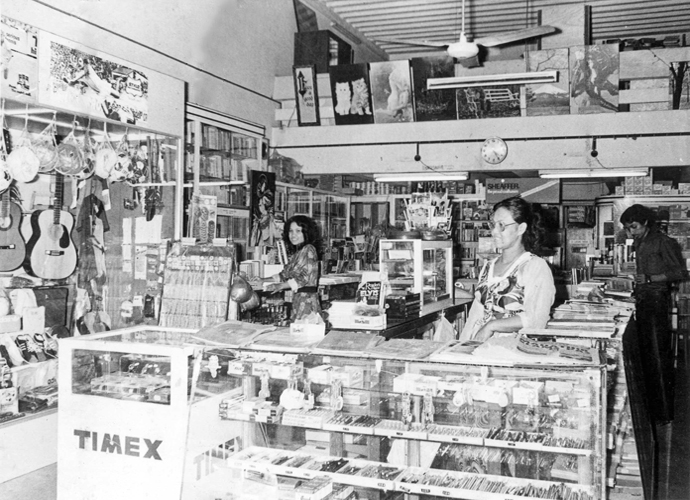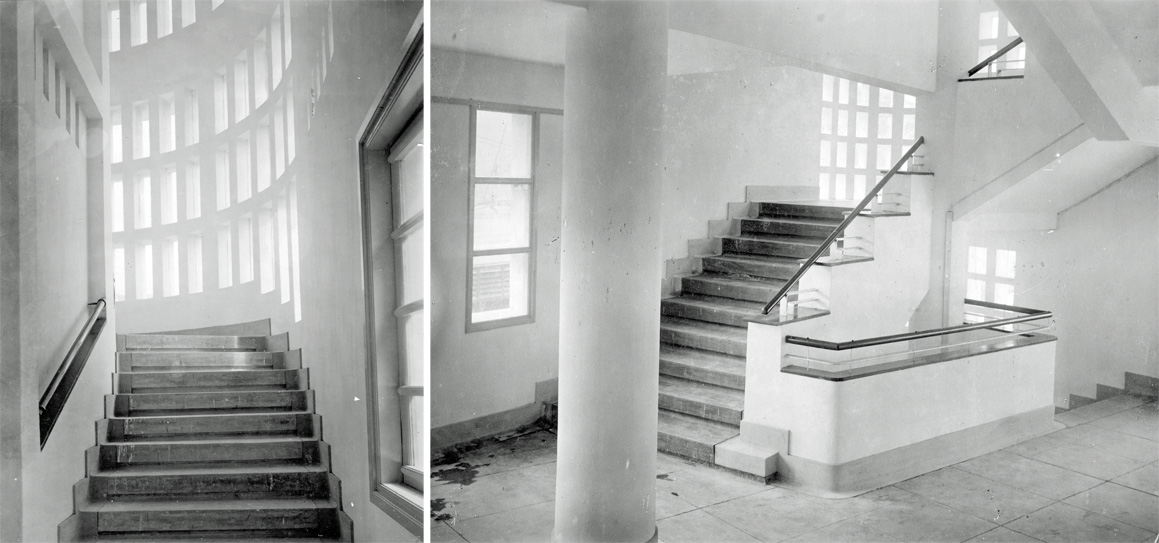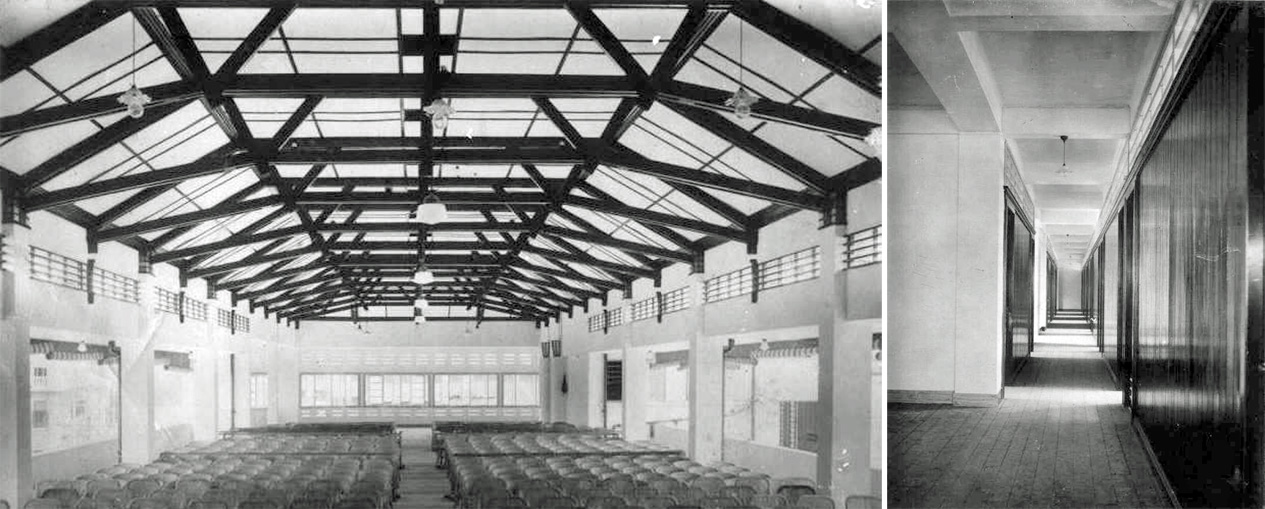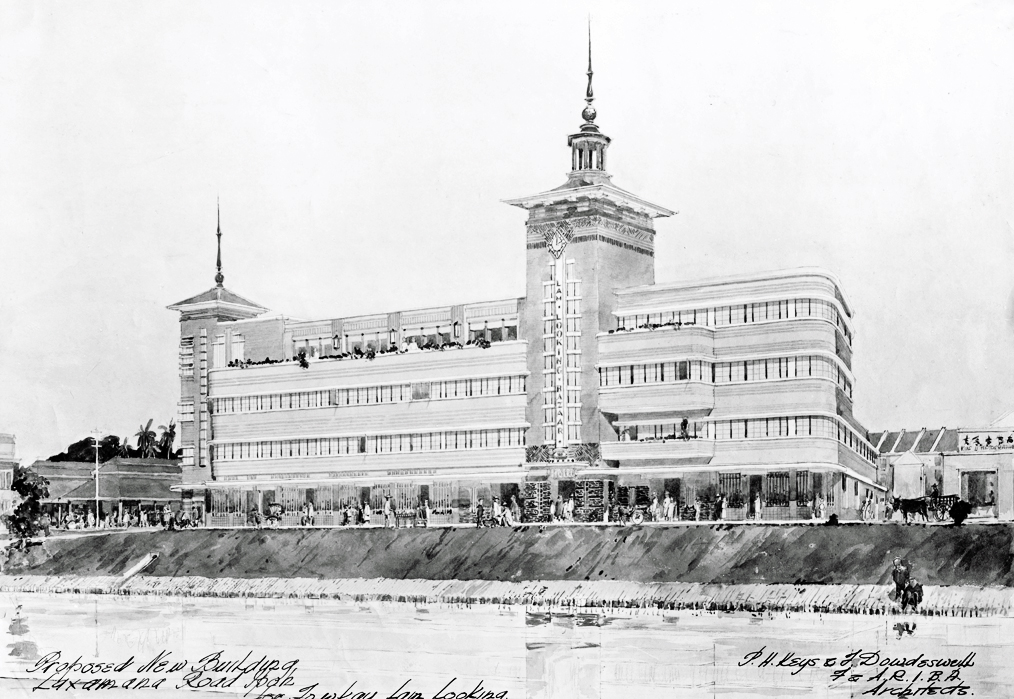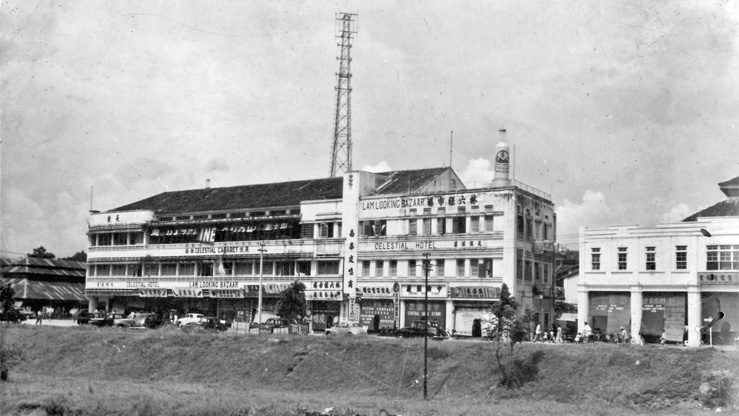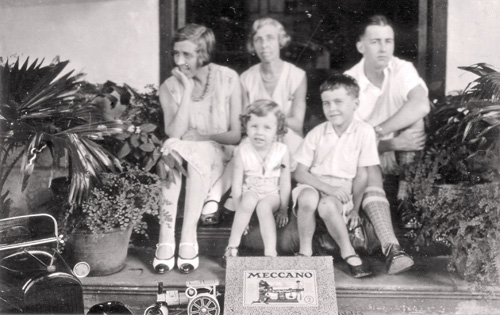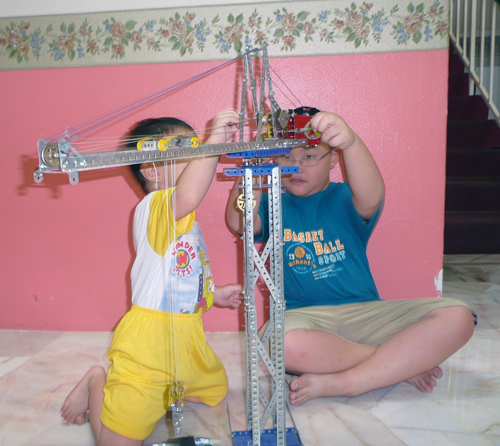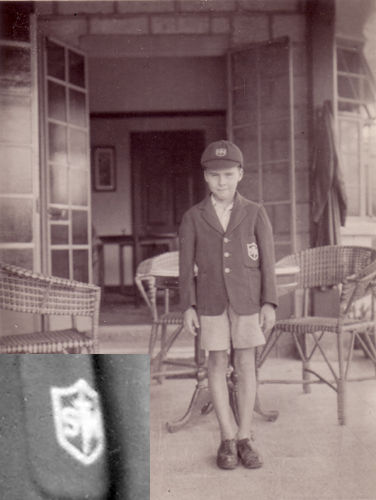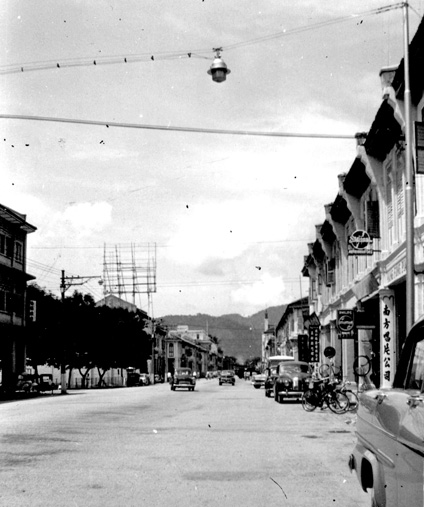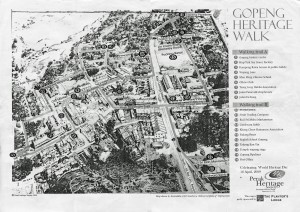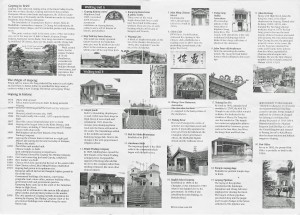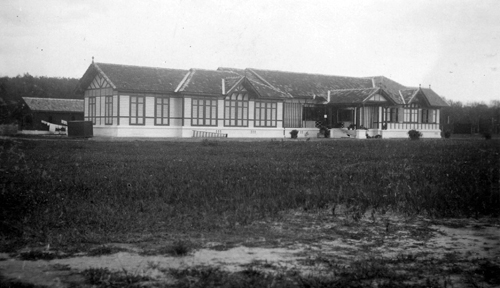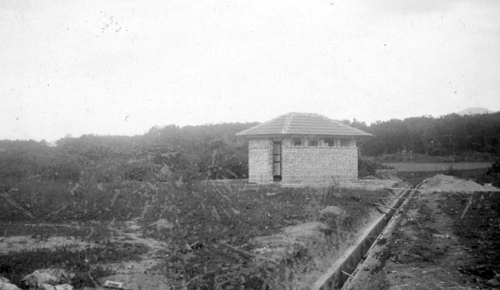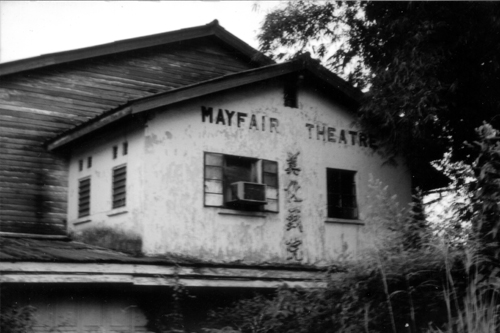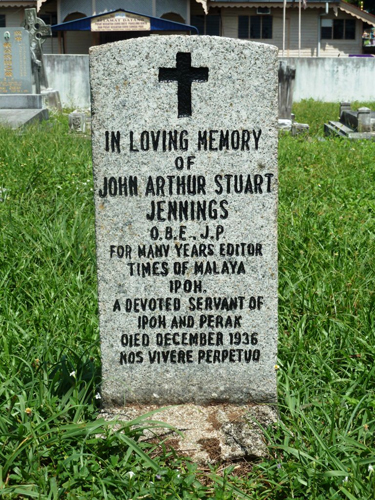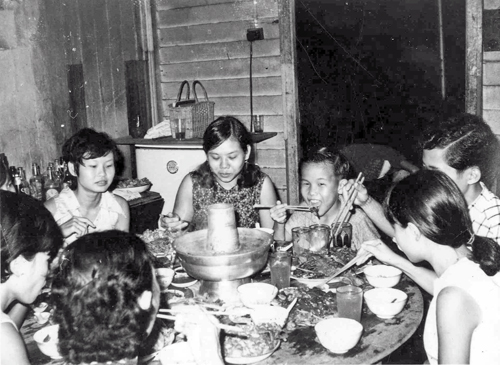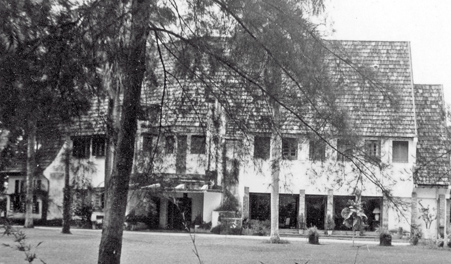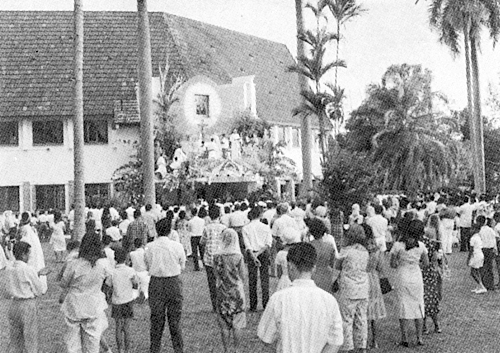
The Konkey Game played in Ipoh & Surrounds
By IpohBornKid
Introduction: When the X generation was growing up, they did not have affluent parents who would buy them toys, hi-fi sets or computer games. They relied on their ingenuity and played games that cost nothing. These games were usually played in the open air about 3 pm onwards when the sun was not so hot and the breeze was blowing. In the weekends, it was played in the morning until 11 am and later in the afternoon.
In those days, there were abundant flat sandy soil or grass covered areas in vacant building lots and the compounds of the village houses. Children whose neighbours (aged between 6-12) were played together and they developed a strong bond among themselves. They grew up together and as they matured into adolescence, another generation of young kids took their place. It was healthy outdoor exercise and the parents were never worried about what their children were up to because they played with the children of their friends or neighbours.
The Game: The “Konkey” (name derived from English word “Donkey”) game is a team game similar to cricket. Instead of bat and ball, it has two sticks, diameter around 2.5 cm or less, and the long stick (LS) is about 50 cm in length with the short stick (SS) about one third of its length. The LS is equivalent to the bat and the SS is equivalent to the ball. In cricket, the ball is bowled by the bowler and the batsman defends his stumps with his bat. Similarly, in the Konkey game, the opening player launches his SS with his LS from a trench in the ground and he defends his trench with his LS.
Before the Konkey game starts, a trench is dug on the ground about 20 cm long, 5 cm wide tapering on the ends, and about 4 cm deep. Two sticks as described above are used as bat (LS) and ball (SS). The SS is placed on the ground across the trench and is launched by the LS. The most effective way to launch is to place the LS in near the front of the trench and below the SS. You can change the angle of launch by moving the LS left or right. Usually most launches are perpendicular to the SS. Pushing the LS into the ground, the launcher lifts his LS and propels the SS up in the air. This is called launching the SS (ball). Please refer to schematic diagram.
The game begins after two teamsare selected and a toss to see which team launches (bat) first. The launch team stay behind the trench and the field team spreads out in the field and strategically position themselves to catch the SS.
The first player in the launch team prepares himself to launch the SS with his LS, The launcher lifts theSS in the air and generally puts it in a direction where there is no field player to catch it. When the SS is caught by a field player, the launcher is out and the next launcher in the team takes his place. The team is all out when they have exhausted the launcher (all bowled out) and the points are totalled.. (See point scoring next). If the score is less than 100, the team change sides and the field team become the launchers.
\When the field players failed to catch the SS, it falls on the ground. At this stage, a field player will pick up the SS and attempts to throw the SS back into the trench (trying to hit the stumps) with the launcher defending the trench (like a batsman) with his LS. He can whack the SS stick whilst it is still in the air. The field player can try to catch it. If they did, the launcher is out. If not, the distance between the position of the LS and the trench forms the basis of points scoring. Using LS as a measuring rod, the launcher scores one point for each length of the LS measured. The score is cumulative for the team.
If the first measure is not taken,the launcher can ask for second throw. This is only safe when the SS is a considerable distance from the trench. The rule for the second throw is the same as the first throw. If on the second throw, the SS is caught, the launcher is out. If SS is falls on the ground, the distance between the SS and the trench is the basis of point scoring but this time, the SS is used as a measure. Hence, on the second throw, the point score tripled (since one LS is 3x the length of SS).
On reaching a 100 points, (arbitrarily agreed target points), the launcher team wins the game. However if all the launchers are out and the score is below 100, the team changes sides and the game starts again.
The penalty part of the game varies from village to village, town to town. In one version, the winning team player holds the SS in one hand, drops the SS and whack it with the LS held by the other hand. One of the player in the losing team then picks up the SS in his hand and runs towards the trench. As he is running, he has to say “Konkey, konkey, etc. all the way to the trench whilst the winner player gently whack his bum with the LS, After the penalty, the game starts again,


